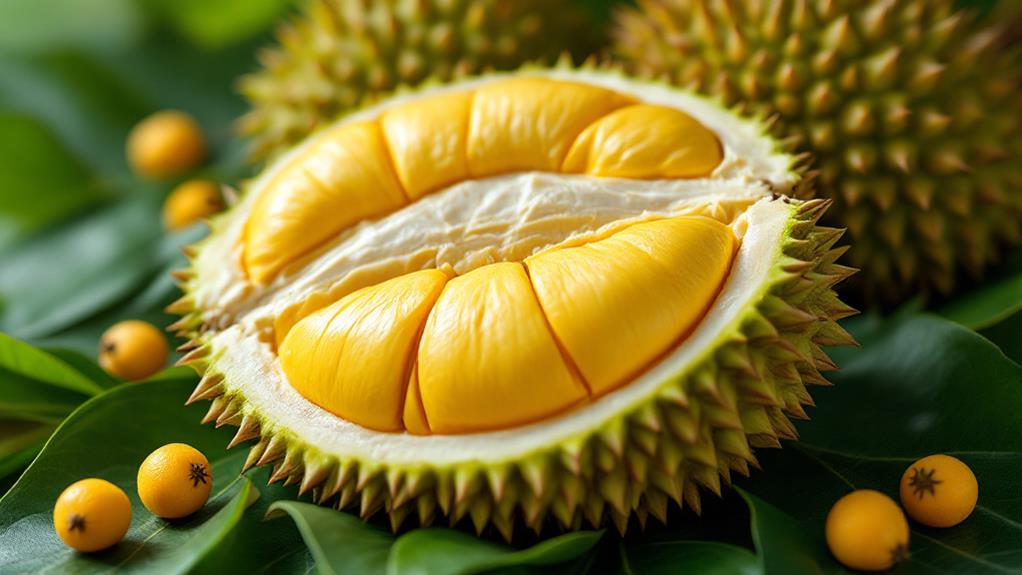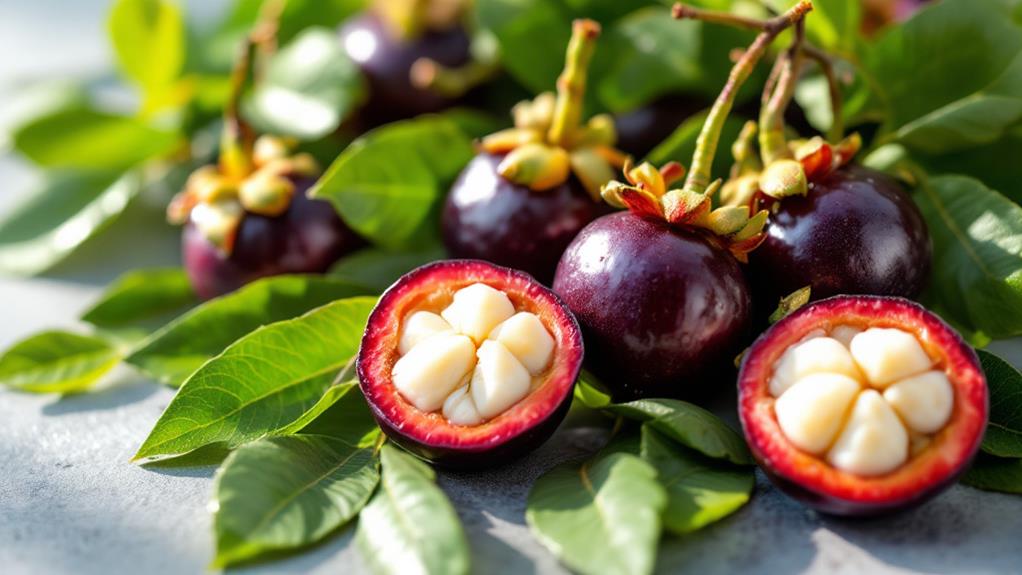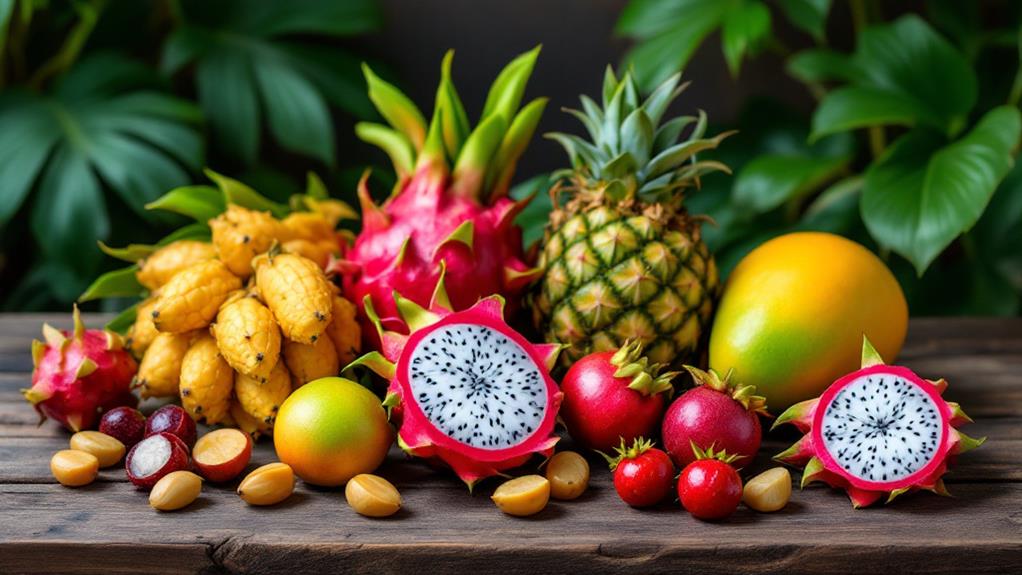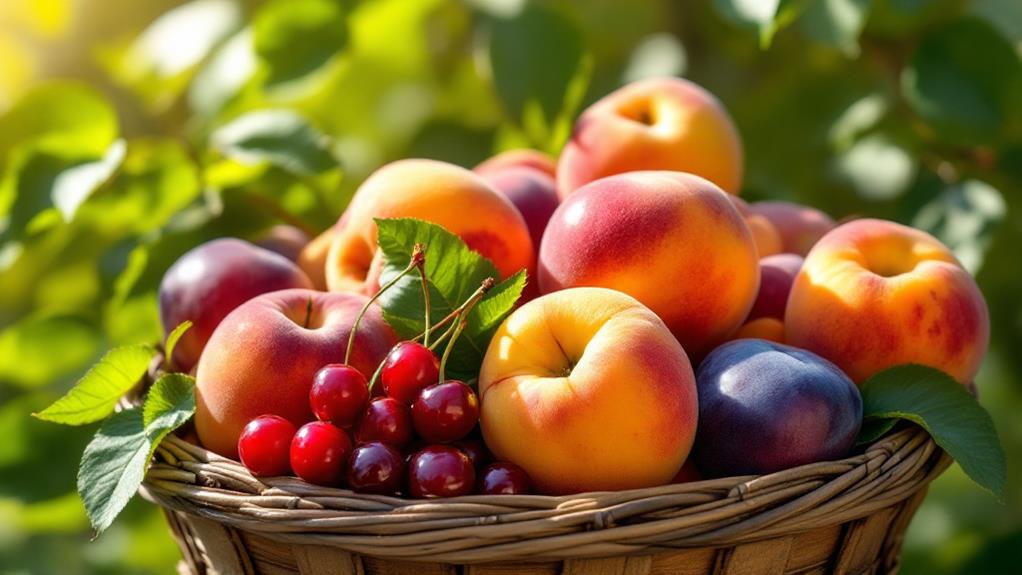Washing Produce: How to Do It the Right Way for Safe, Clean Fruits and Vegetables
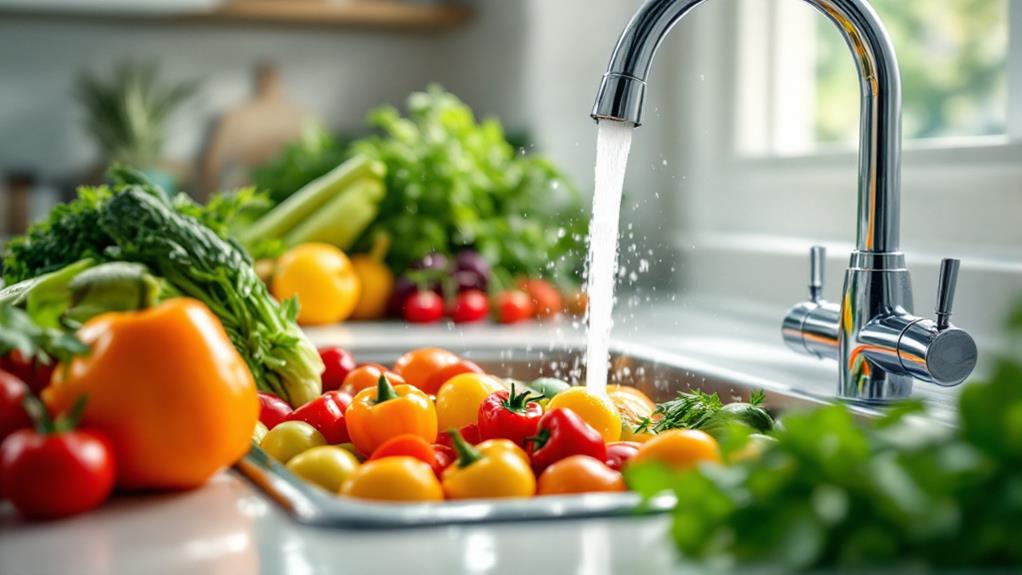
When you wash fruits and vegetables correctly, you're safeguarding your health and enhancing flavors. Start by selecting produce without bruises or spoilage. Rinse everything under cold running water for 10-30 seconds; use a clean brush for firm items like potatoes. Soak leafy greens and gently wipe mushrooms to preserve texture. Always sanitize cutting boards and surfaces to prevent cross-contamination. Dry your produce with a clean towel to maintain freshness longer. Remember, washing should be done just before eating, not in advance. There's so much more to reflect upon for delicious and safe produce in your kitchen.
Why Washing Produce Matters
Understanding why washing produce matters is vital for maintaining food safety and health. With nearly 48 million people in the U.S. affected by foodborne illnesses each year, the importance of washing produce can't be overstated. Fresh fruits and vegetables are common sources of outbreaks, often linked to pathogens like Salmonella and E. coli. Contaminated produce, such as spinach and cantaloupe, has been at the center of major illness outbreaks, underscoring the necessity of proper cleaning.
Washing produce thoroughly is one of the simplest ways to reduce bacteria and harmful pathogens on your food. Contaminants can sneak onto fruits and vegetables at any stage—during growth, harvest, or even preparation. By taking a moment to wash your produce, you help guarantee that any lingering bacteria are minimized, markedly lowering your risk of health issues.
Besides health benefits, clean fruits and vegetables taste better and maintain their freshness longer. When you wash your produce, you're not just removing dirt and bacteria; you're enhancing its natural flavors and encouraging healthier eating habits. So, don't skip this vital step—make washing produce a regular part of your food preparation routine.
Selecting Quality Produce
After understanding the significance of washing produce, it's likewise crucial to focus on selecting quality fruits and vegetables. When selecting quality produce, always aim for items free from bruises, damage, and signs of spoilage. These imperfections can affect both the freshness and flavor, making them less enjoyable to eat. For pre-cut or pre-packaged items, inspect the packaging closely. The integrity and cleanliness of the packaging often reflect the quality of the produce inside.
Choosing organic or locally sourced options can be advantageous. They typically have lower pesticide residues and are often fresher. This makes them a great choice when you're planning to enjoy fresh produce before eating. Plus, selecting seasonal produce supports local farmers and reduces the environmental impact of transportation. Seasonal fruits and vegetables usually taste better and offer higher nutritional value.
Pay attention to the color and firmness of the produce. Bright colors and firm textures are strong indicators of freshness and ripeness. These factors improve taste and nutritional benefits. By selecting quality produce, you guarantee you're starting with the best possible ingredients, making it easier to remove dirt and enjoy clean, safe fruits and vegetables.
Effective Hand Hygiene
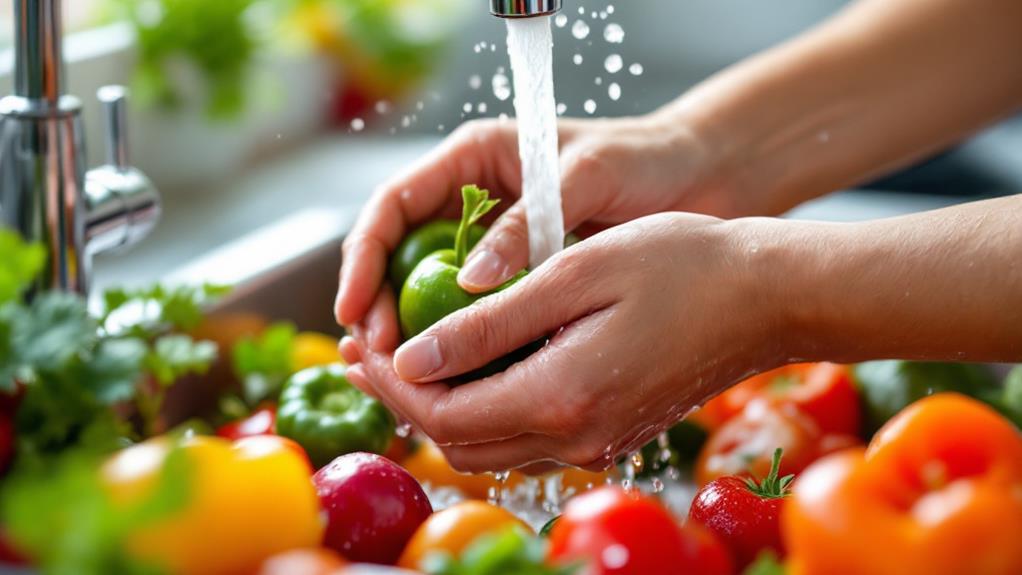
Proper hand hygiene is a crucial step in ensuring the safety of your fresh produce. Start by washing your hands thoroughly with warm water and soap for at least 20 seconds before and after handling fruits and vegetables. This simple action helps eliminate germs and plays a critical role in safe food handling. Considering that nearly 48 million people suffer from foodborne illnesses annually, often due to contaminated produce, effective handwashing can't be overlooked.
Ensure you clean and sanitize cutting boards and surfaces after they've been in contact with raw produce. This prevents harmful bacteria from transferring to other foods. Educate your family members about the importance of proper hand hygiene when preparing meals. Many pathogens are easily transferred from unwashed hands to the food you serve, putting everyone at risk.
Regular handwashing not only protects your health but also reinforces safe food handling practices. By maintaining these habits, you greatly reduce the risk of outbreaks associated with contaminated fruits and vegetables. Remember, your effort in keeping hands clean is a simple yet powerful tool in safeguarding your loved ones and ensuring the food you prepare is safe to eat.
Proper Rinsing Techniques
Once your hands are clean, it's time to focus on rinsing your produce properly. Start by washing all fruits and vegetables under cold running water for at least 10-30 seconds. This helps to effectively remove dirt, bacteria, and any lingering pesticide residues. To clean produce like apples and potatoes, grab a clean produce brush. Scrubbing these firm surfaces while rinsing guarantees you properly wash away any contaminants.
When dealing with leafy greens, soaking them in a bowl of water is key. Swish them around to dislodge dirt, then rinse thoroughly under running water to remove any remaining grit. This method guarantees you wash produce effectively without leaving behind any unwanted residue.
For delicate items like berries, handle them with care. Rinse them gently under running water to avoid bruising. Mushrooms are a bit different; instead of rinsing, use a damp cloth to wipe them clean, preserving their texture and flavor.
Handling Damaged Produce
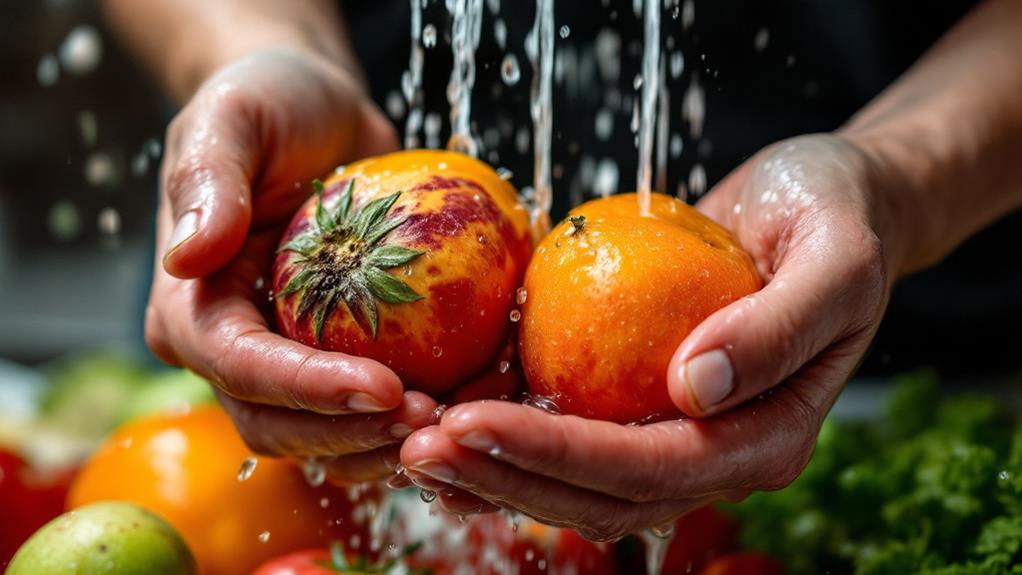
When dealing with damaged produce, vigilance is vital to guarantee your safety and the quality of your meals. Start by inspecting any damaged produce thoroughly. Look for bruised or rotten areas and cut them away before consuming what's salvageable. This step minimizes the risk of contamination from spoiled sections, ensuring that your fruits and vegetables remain safe to eat.
If you notice mold, rot, or significant damage, don't hesitate to discard those items. Keeping them can cause bacteria to spread to your fresh produce, jeopardizing their safety. To further protect your unblemished items, store damaged produce separately. This practice helps avoid cross-contamination and maintains the freshness of your unaffected produce for a longer period.
Consider composting unusable produce instead of simply throwing it away. Composting not only reduces waste but also supports sustainability by turning food waste into valuable nutrients for soil. Finally, make it a habit to regularly check your stored produce for signs of spoilage. Promptly removing affected items helps preserve a healthy kitchen environment and keeps your meals as safe and delicious as possible. Remember, a little precaution goes a long way in managing your produce effectively.
Drying and Storing Tips
After washing your produce, it's crucial to dry it thoroughly to prevent mold growth. Use a clean cloth or paper towel to gently pat each item dry, ensuring that no moisture remains. This simple step in the drying process helps maintain the freshness of your fruits and vegetables by reducing the risk of mold and decay.
Once dried, focus on storing your produce correctly. For perishable items like leafy greens and berries, place them in the refrigerator at or below 40°F. This temperature keeps them fresh and extends their shelf life. Remember, storing washed produce separately from unwashed ones reduces the risk of cross-contamination, ensuring your clean fruits and veggies stay that way.
Utilize breathable bags or containers that allow air circulation. This helps maintain freshness and prevents premature spoilage. Regularly check your stored produce for signs of spoilage. If you spot any mold or rot, promptly remove affected items to prevent them from contaminating others.
Common Washing Mistakes
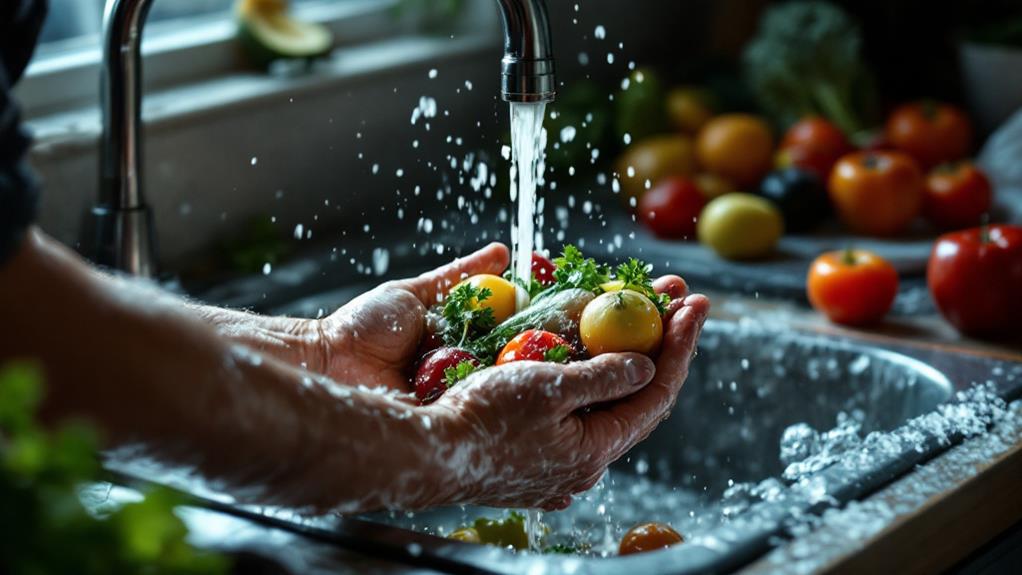
A few common mistakes can compromise the safety and quality of your produce wash routine. One of the biggest errors is using soap or bleach to clean fruits and vegetables. These substances can leave harmful residues that pose health risks. Instead, just use water to remove germs effectively. Another widespread misconception is that organic produce doesn't need washing. In reality, all produce, organic or not, should be washed to eliminate dirt and bacteria.
Failing to dry your produce after washing is another misstep. When you leave fruits and vegetables damp, moisture accumulates, promoting spoilage and mold growth. Always pat them dry with a clean towel to keep them fresh longer. Washing produce too far in advance is also a common washing mistake. This practice increases the risk of decay and bacterial growth, so it's best to wash them right before you plan to eat them.
Lastly, neglecting to clean cutting boards and utensils after handling raw produce can lead to cross-contamination. This mistake can increase the risk of foodborne illnesses. Always verify your kitchen tools are thoroughly cleaned to maintain a safe and hygienic food preparation environment.
Additional Safety Advice
Your produce washing routine should always begin with clean hands. Wash them with soap and water for at least 20 seconds before and after handling fresh fruits and vegetables. This simple step prevents cross-contamination, keeping foodborne illnesses at bay. When you wash fresh produce, make sure to use separate cutting boards for fruits and vegetables. This prevents bacteria from raw meat or other foods from transferring to your perishable produce.
Keep your kitchen surfaces and utensils clean. Regularly sanitize them to maintain a sanitary environment and further reduce the risk of foodborne illnesses. Once you've washed your produce, store it in the refrigerator at or below 40°F. This helps prolong freshness and keeps spoilage at a minimum. Remember, perishable produce needs to be kept cool to maintain quality and safety.
Stay informed about food recalls and safety alerts related to produce. It's essential to discard any items that show signs of spoilage or mold, as these can pose health risks. By following these supplementary safety tips, you're ensuring that your produce is not only clean but also safe to eat, protecting you and your loved ones from potential health hazards.

